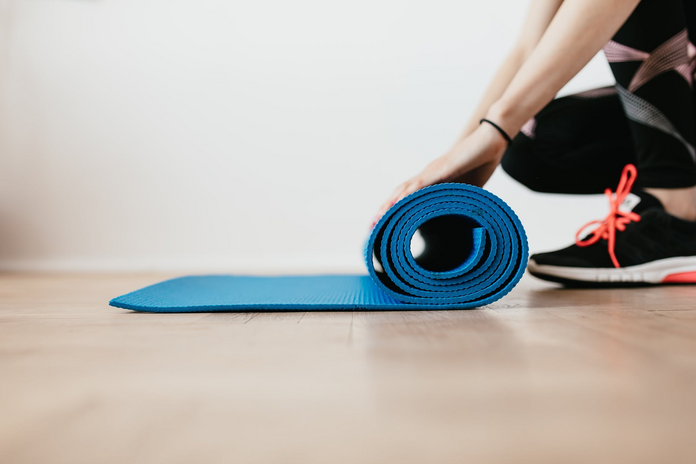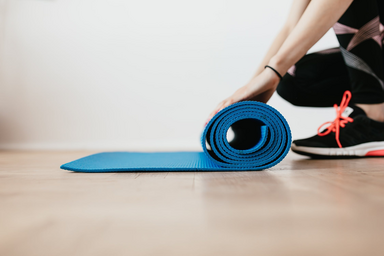Before I begin, I would like to say that I am not a yoga expert. However, I practiced heavily at my former dance studio and almost every day when lockdown struck last year. I followed along to YouTube videos, created my own routines and added a dash of meditation when I needed it. But regarding the technical terms of yoga, I do not know the names of the body’s chakras or the varying types of yoga practices without using Google. Although, what I do know for certain is that I practiced yoga so much I believe I wore myself out.
Life became very messy and uncertain during March of last year, and instead of being able to recharge at the dance studio, I went to YouTube. I began to watch several YouTubers to figure out which practices really stuck with me and found that the channel, Yoga with Adriene, was my favorite. I watched her videos before bed, first thing in the morning or even midday. It all depended on when I needed to put my mind and body at ease. As the virtual school year began, I felt obligated to conduct my yoga practice every day. If I forgot or was too piled up with work, I would feel irritated, which lead to me beating myself up over something that was ironically in my control. The truth is, at least for me, you need to stop practicing yoga when it begins to feel like a chore.
When I tried to practice first thing in the morning on school days, I felt rushed to get it over with. Even though morning yoga can be used to set intentions for the day, I am the type of person who wants to get work done before anything else. Unlike most people I know, putting off tasks makes me anxious, and I felt as if morning practice set my day back. However, when I decided to pull myself out of the rut, a voice in the back of my head kept informing me that I was not taking care of myself for skipping out. Therefore, I began to do a nightly practice so I would have nothing else on my mind.
As soon as I attempted the nightly practice, I started to feel conflicted. Although I felt so relaxed before going to bed, I often felt that there was something else that would better suit my emotional state at that moment. Yoga before bed every night did not always sound appealing. Sometimes, I would rather be catching up on a Netflix show with some ice cream or just mindlessly scrolling on TikTok. The whole idea of being mindful can be awesome when you desire peace; however, it was not a great tool when I needed to escape and tune out. Yoga helped me become accepting of the present, but it also kept reminding me of how I wanted the worries of the pandemic to just be over.
Even today amidst a still not-so-normal reality, yoga is sometimes not the answer for me. The best part of Yoga with Adriene is that she always instructed the audience to adjust yoga positions suitable for their body. Instead of taking this piece of advice only physically, I adapted my yoga practice to fit my mental and emotional needs. I do what I want, when I want and for as long as I want. I do not practice as much as I used to, but I believe adjusting it to my own personal needs makes the experience worthwhile. In fact, now that I am out of the rigid routine I used to have, I miss it. Allowing myself to miss the experience makes me aware of how to identify when I should pick up the practice again.
Stopping my practice to reflect and evaluate how yoga was impacting my emotional wellbeing was the best action I have taken for myself. Even though yoga was my main form of self-care, I found that taking a step back from something that does not feel right is also a way of taking care of yourself. While being mindful through yoga may soothe people’s stress, it does not have to work for everyone. I believed yoga is a universal tool, especially since I have read so many positive articles about it. However, it is honestly okay if grounding is not what someone needs. At other times, I resume my practice and I can enjoy it, but this is because it is on my terms and I am listening to what my body and brain are telling me.


